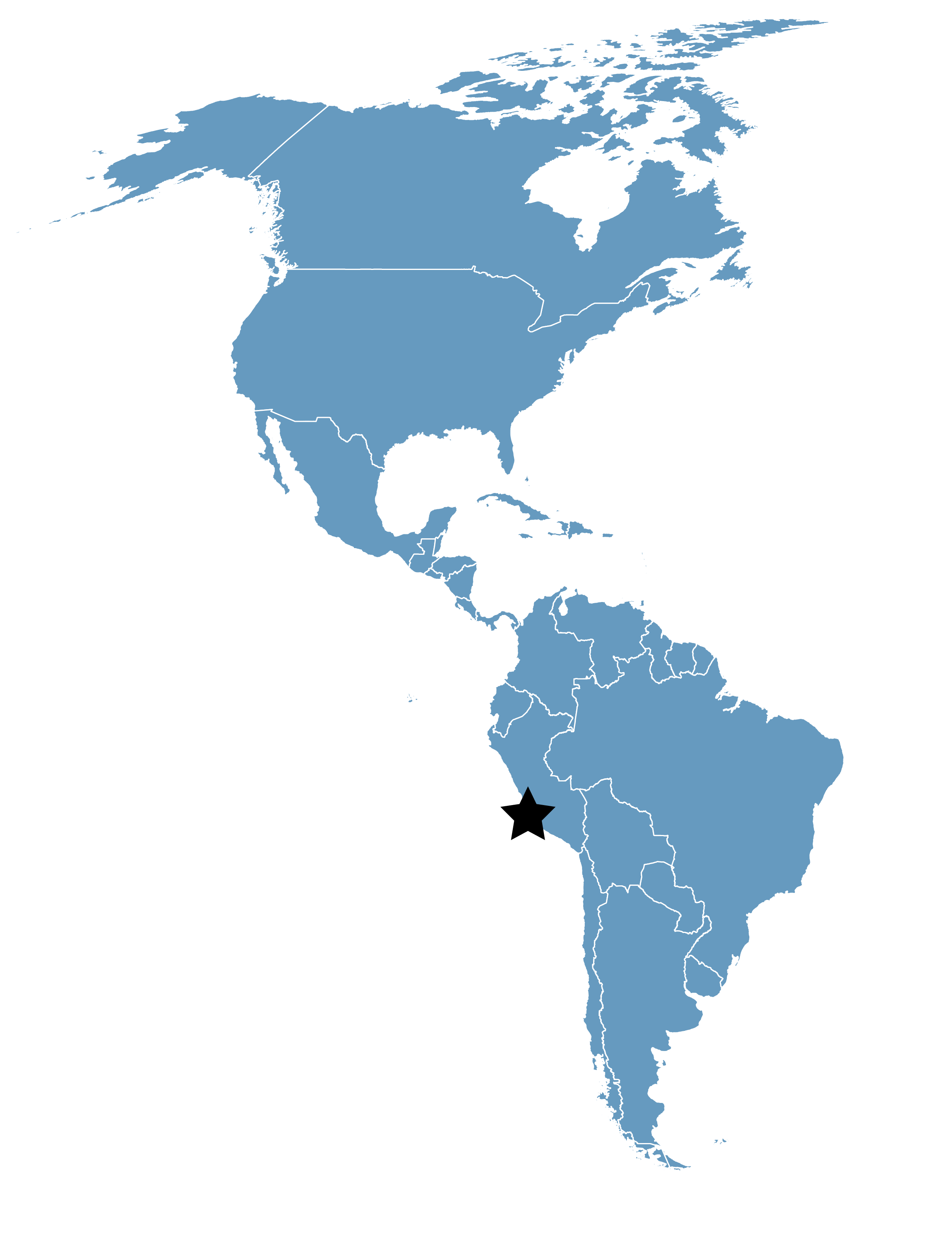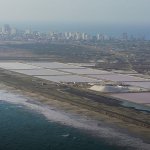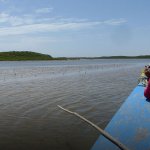Reserva Nacional de Paracas
Location
Department of Ica, Peru
Category
Regional
Basis for Designation
More than 20,000 shorebirds annually.
Size
335,000 hectares (827,801 acres)
Date Designated
May 1991
Site Owner
National Institute of Natural Resources
Overview
The Paracas National Reserve was designated a WHSRN Site of Regional Importance in 1991 because of its importance as a stopover and staging area for a great diversity of Nearctic shorebirds, some with populations in a state of decline. This reserve marks the southernmost part of the Western Sandpiper (Calidris mauri)’s Pacific distribution range. The site is a desert coast along a very productive ocean. The area contains sandy beaches, rocky intertidal zones, and rocky cliffs.
Dominant species are Sanderling (Calidris alba), Western Sandpiper (Calidris mauri), Semipalmated Sandpiper (Calidris pusilla), and Black-bellied Plover (Pluvialis squatarola).
Aerial censuses by the Canadian Wildlife Service (1985) revealed 7,700 Calidris alba (8.1% of the Pacific coast population). Morrison and Ross recommended the reserve for WHSRN incorporation as a regional site based on percentage criteria. There are tens of thousands of shorebirds that feed about 15 miles north at the Río Pisco Mouth, and spend the night within the reserve boundaries. These birds are not included in any of the diurnal censuses mentioned above. If included, the total number of shorebirds in Paracas would reach close to 100,000 birds.
The Paracas National Reserve is the most important point along the Peruvian coast for many species of mammals, including two species of seals, 160 species of birds, and numerous fish and shellfish. It hosts large colonies of guano birds.
The Paracas National Reserve is considered one of the most important in Peru, by Peruvian authorities and non-governmental organizations. It therefore always receives extensive media attention. This prominence among protected areas in Peru is an important asset that helps facilitate its conservation.









